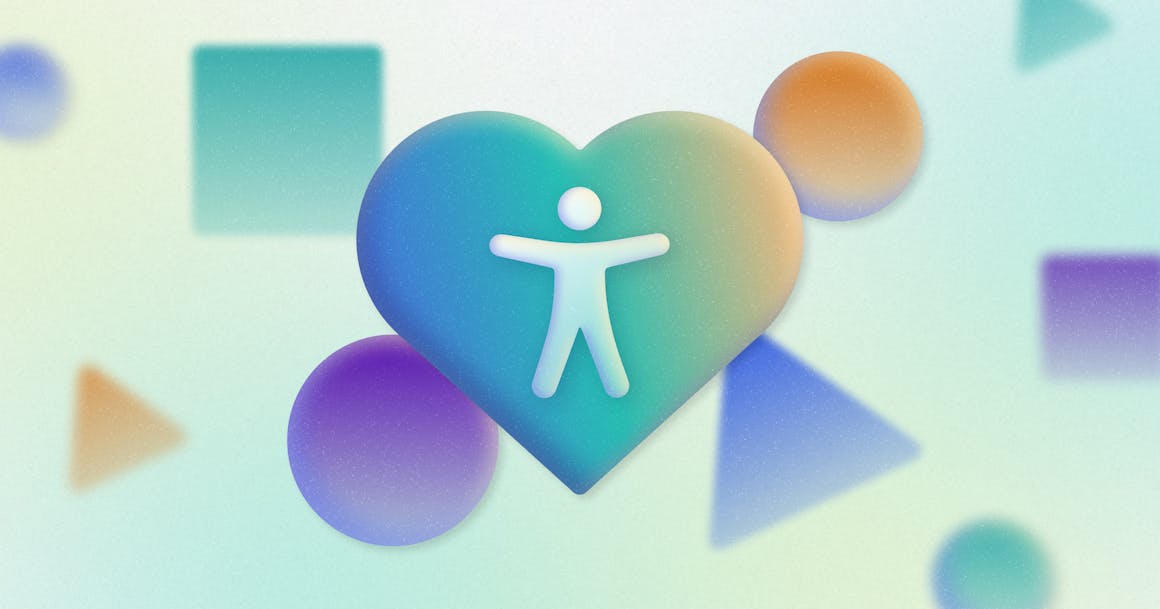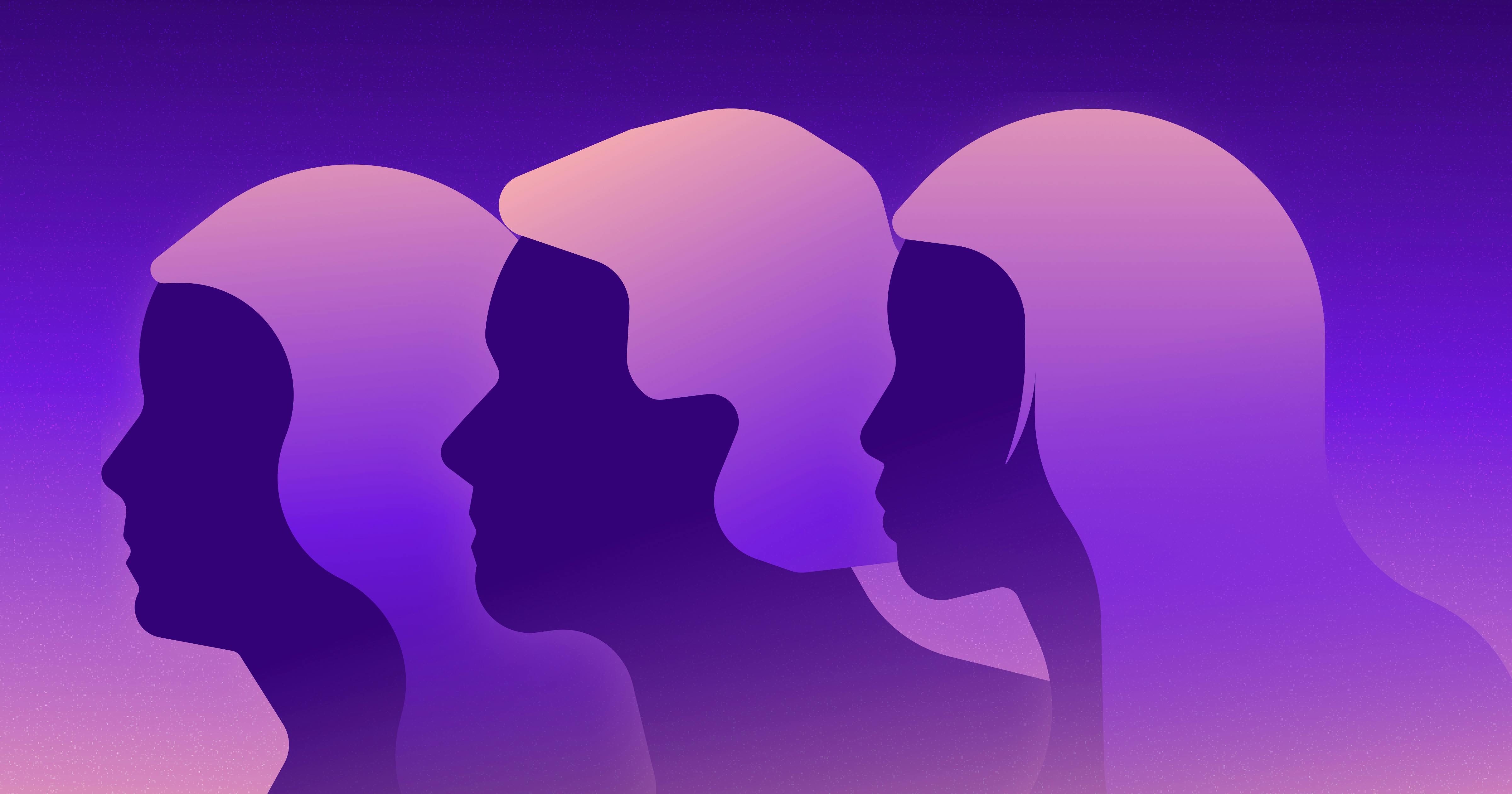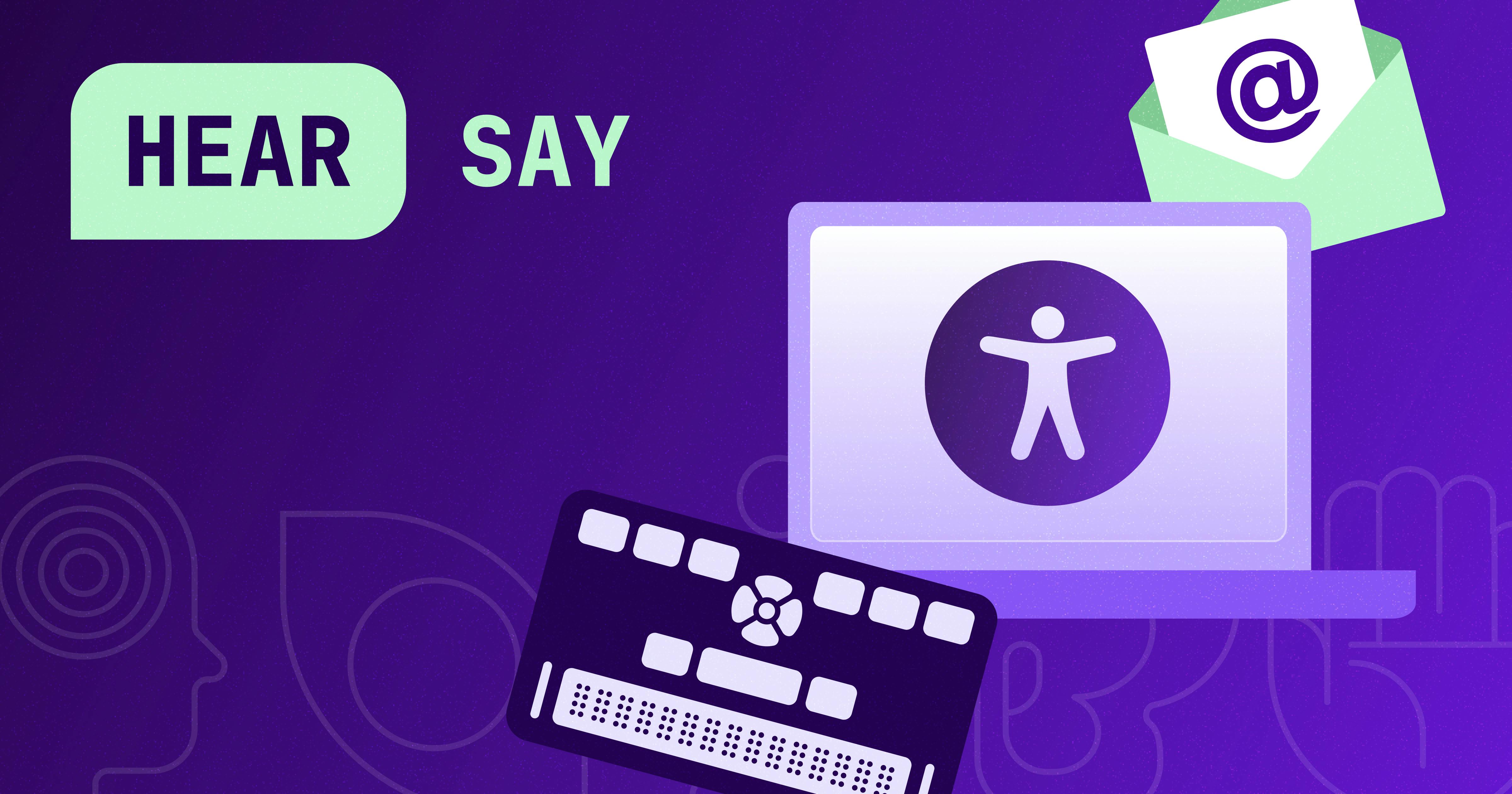Breaking Barriers: Navigating Dating Application Opinions, Hopes and Hazards


Ready to see AudioEye in action?
Watch Demo
In this post, AudioEye A11iance Advocate discusses some of the challenges of using dating apps for people with disabilities — and shares how apps can create more inclusive, welcoming environments for every user.
Dating apps — everyone seems to have an opinion on them. Some swear by spending hours scrolling through potential matches, while others remain wary of the potential dangers online dating presents.
And, of course, most of us who have used dating apps have at least one horror story from using these services.
However, for people with disabilities, the frustration and alienation can begin before we even get far enough to see potential matches.
Dating apps serve as a great way to meet new people. Whether you prefer the casual approach of glancing through profile pictures or answering dozens of questions so you don’t get matched with someone who disagrees with you on religion or pizza toppings, there are dating apps for every type of mingler.
Regardless of the specific focus, most apps I’ve tried seem to have a few things in common: free and paid membership options, desktop and mobile apps, and a profound lack of accessibility.
The problems I've encountered are not usually specific to dating apps and websites. Unlabeled buttons and missing alt text are issues I frequently report in my accessibility consulting with AudioEye, impacting screen reader users' ability to make the most of these apps.
A major focus on pictures immediately raises accessibility concerns. Not a single website I’ve tried had an option to include alt text, let alone any encouragement for people to use it. Hours spent filling out my profile have often resulted in being thwarted at the final step by unlabeled or inaccessible links and buttons. This not only leads to feeling excluded but can also cause awkward situations when liking someone unintentionally.
For instance, the OkCupid iOS app is virtually unusable with VoiceOver. Tapping the names of matches that have “liked” you doesn’t open that person’s profile as expected. It actually does nothing. Similarly, the Match app is littered with unlabeled buttons, making it impossible to know their function without trying them.
During my research for this post, I was pleasantly surprised to find that the Bumble app has recently made at least one significant improvement in accessibility. They’ve added the ability to “swipe left or right” by flicking up or down on a person’s profile. This ingenious use of the VoiceOver rotor is rarely seen. I applaud Bumble for making those options easy to access while maintaining the “swipe left/right” language integral to the online dating community.
Making dating apps inclusive to everyone doesn’t need to be particularly difficult. Following the basic guidelines laid out in WCAG, Web Accessibility Guidelines referenced by many accessibility laws, encouraging or even requiring the use of alt text in profile pictures and providing options that engage other senses, such as voice chat or voice clip options in addition to pictures and videos, can significantly enhance inclusivity.
I believe that disabled people should be included in all areas of social life, and developers of these dating apps have a significant opportunity and responsibility to shape how the rest of society perceives people with disabilities.
Ready to see AudioEye in action?
Watch Demo
Ready to test your website for accessibility?
Share post
Topics:
Keep Reading

How Businesses Can Support People with Communication Challenges
Business Tips for Aphasia Awareness Month
community
June 28, 2024

Strengthening the Bonds Between Individuals with Disabilities
Learn how the disability community is coming together to increase digital accessibility through education, entrepreneurship, and empathy in this blog post from Maxwell Ivey.
community
May 06, 2024

Empowerment through Employment: Promoting the Hiring of Disabled Individuals
Joyce Bender, founder of Bender Consulting Services, discusses the benefits people with disabilities can bring to organizations in a recent interview on AudioEye's HearSay podcast.
community
April 25, 2024
